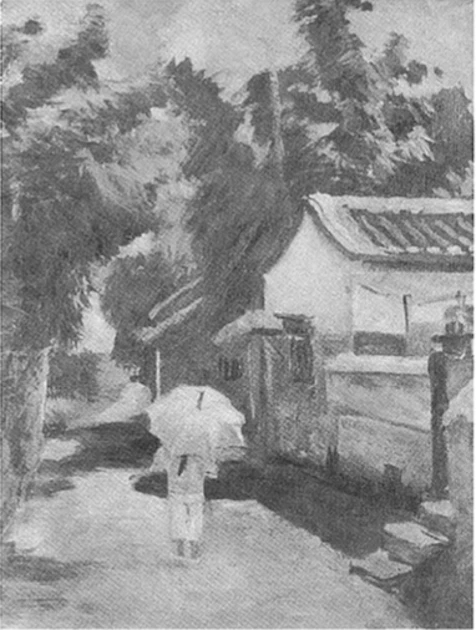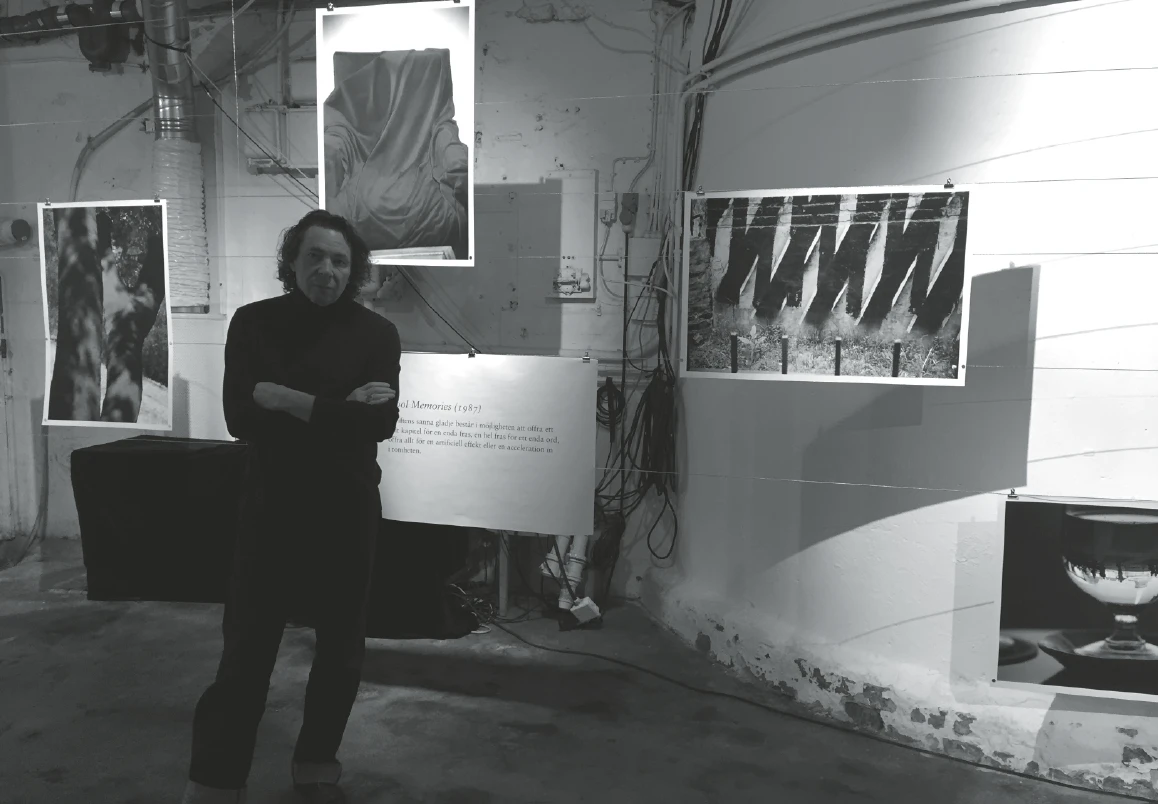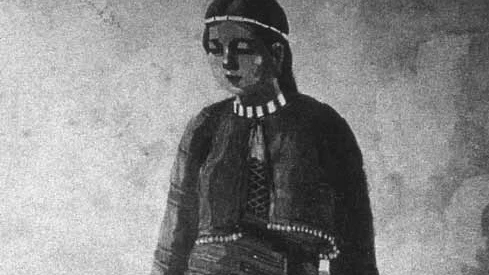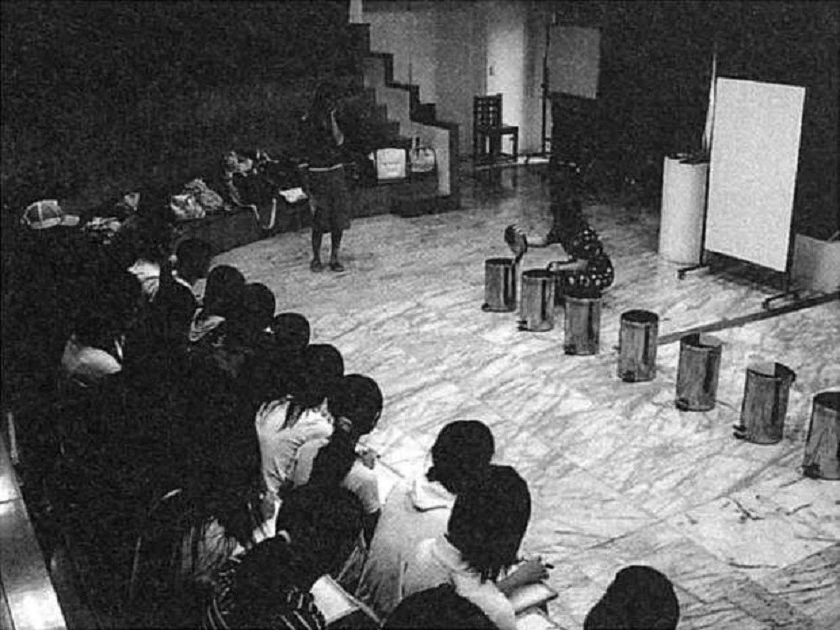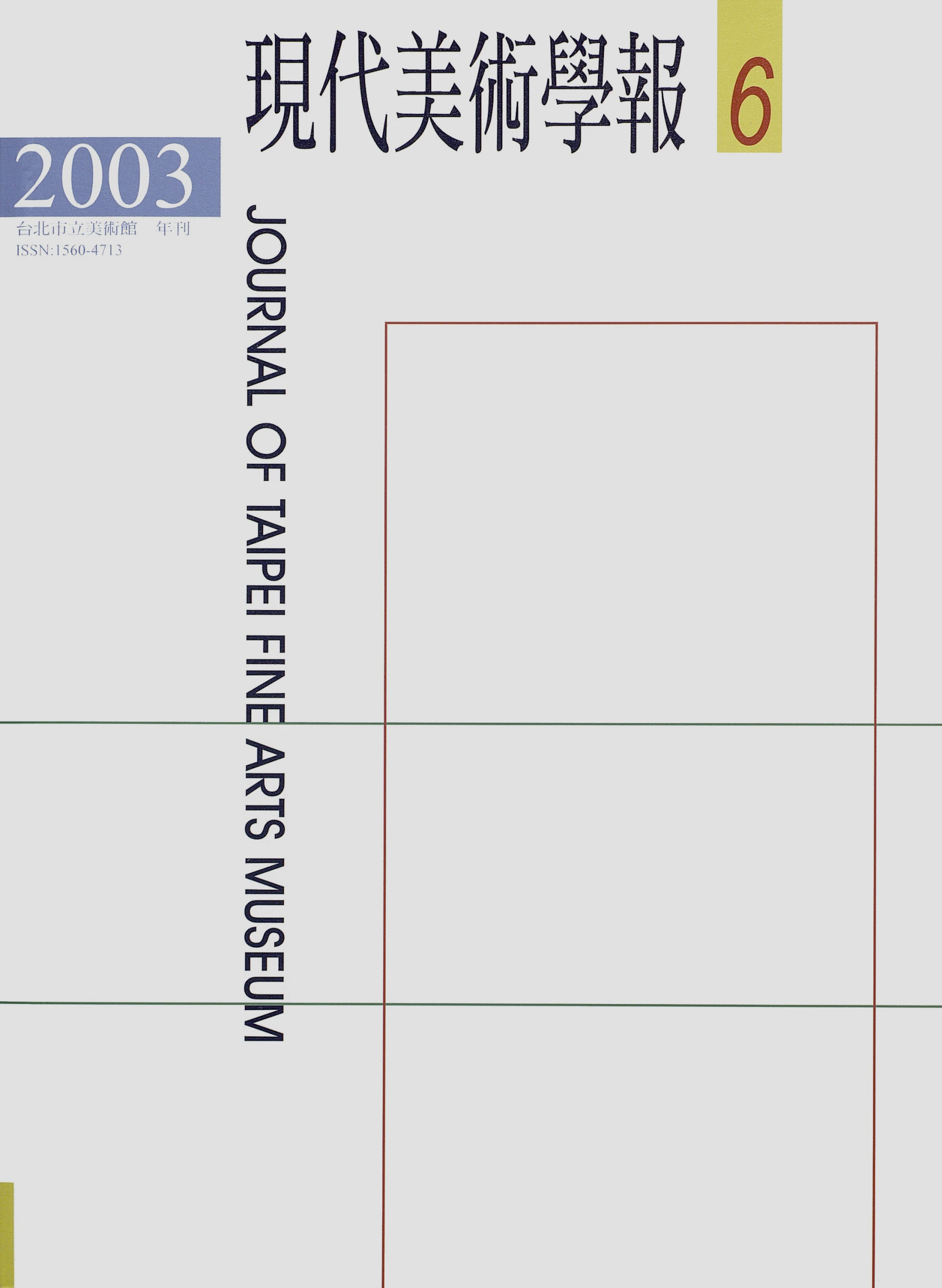摘要
博物館可以有怎樣的積極作為,除了作為文物展示、保存的場域之外,還可以從那些角度去服務它的觀眾?美國已經成立二百五十多年的老博物館—Smithsonian Institute 史密生機構為了破除博物館框架的限制,以田野研究做基礎,協助保存發展各族群的文化傳統,因此推出大型的博物館戶外活動—Smithsonian Folklife Festival。多年的經驗成果影響非常深遠,不只豐富了靜態博物館的展示內涵,更成功的將博物館的理念發揚開來,成為一個生動活潑的文化學習場域,讓美國民眾有更多機會去認識境內多元的文化傳統,更讓全化的今日有更多機會了解世界的脈動。史密生民俗節拉近民眾與博物館的距離,誰說博物館只能做靜態的陳列!戶外的民俗節透過人民來代表他們自己,以人為主題來展示、傳遞深層文化的感動。
Abstract
How can a museum serve its audience except producing exhibition? The Smithsonian Institution, the biggest museum organization in USA, has developed the idea of "Living museum without walls" since 1967. Hence, an out door festival had been created. Smithsonian Folklife Festival, a research-based production, is one of the biggest cultural events in America and it attracts more than one million visitors every year. This festival takes place on the National Mall during the forth of July holidays. Different sizes of tents were set up for festival programs. People exchange their cultural experience through music, dance, folk tale, drama, ceremony, craft, architecture, and foodways. This annual event celebrates the cultural traditions of communities across the United States and around the world. The producer, Center for Folklife and Cultural Heritage, has been involved in researching and producing grassroots culture projects for a long history. It also cultivated many professional researchers and curators in cultural preservation. Some of them used the festival as a model to initiate many state folklife festivals. This annual exhibition of cultural heritage brings people all together, no matter what colors you are. It also increases the possibility to reach a wider audience for museums. (Website: www.si.edu/folklife)

